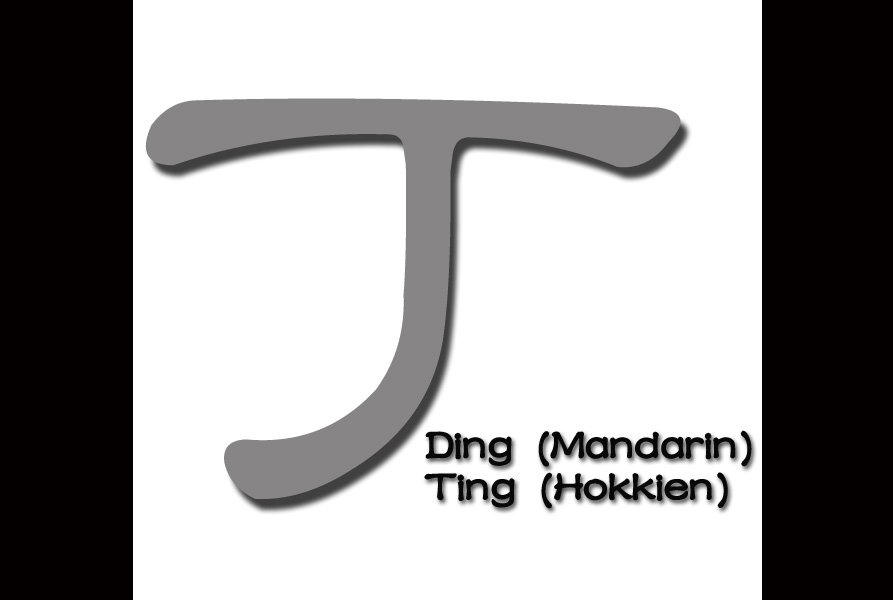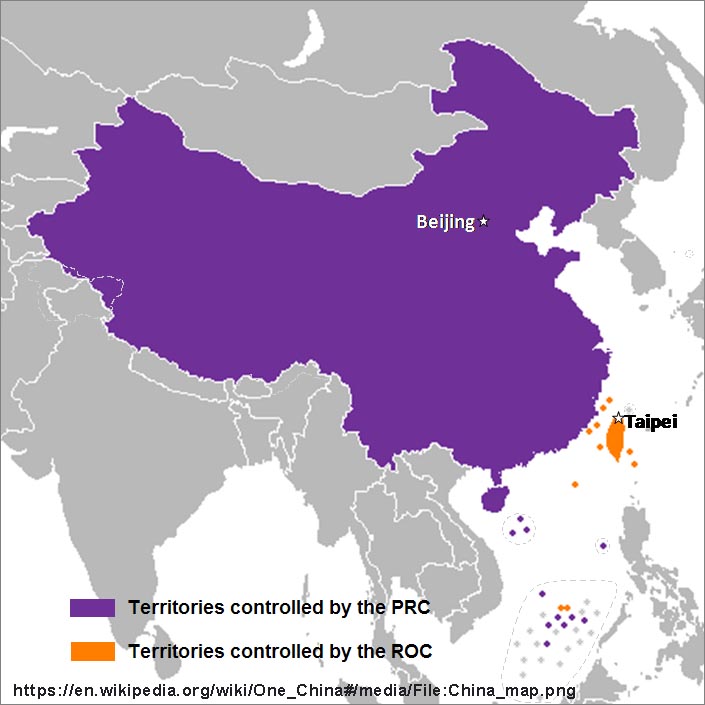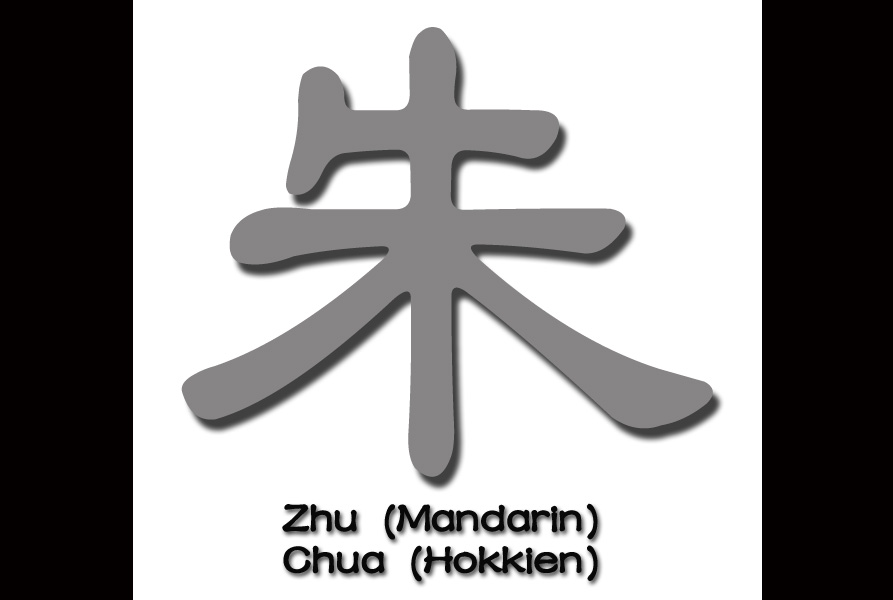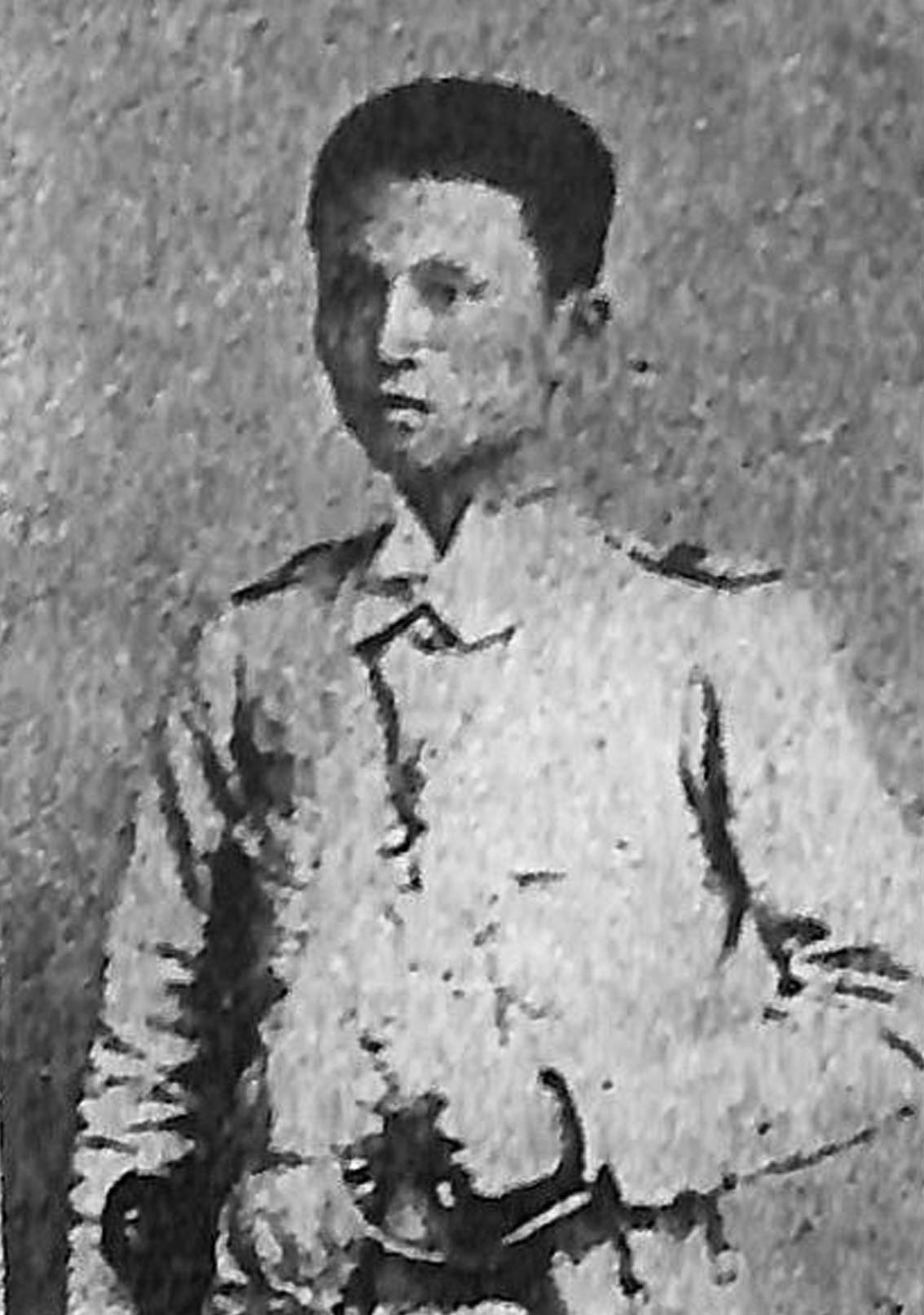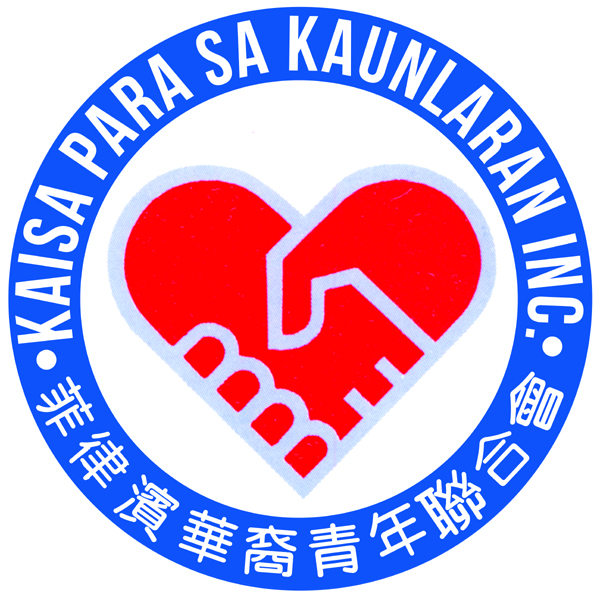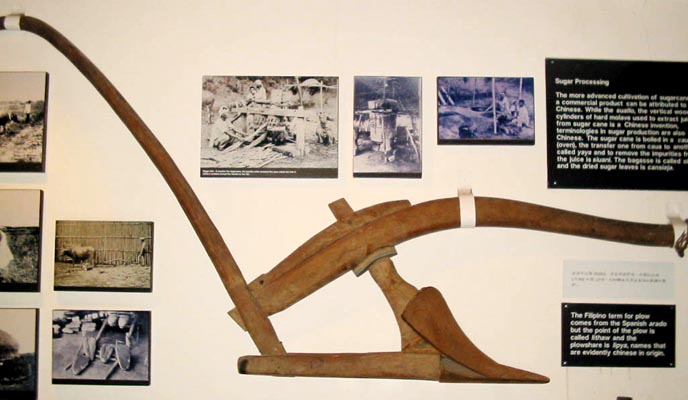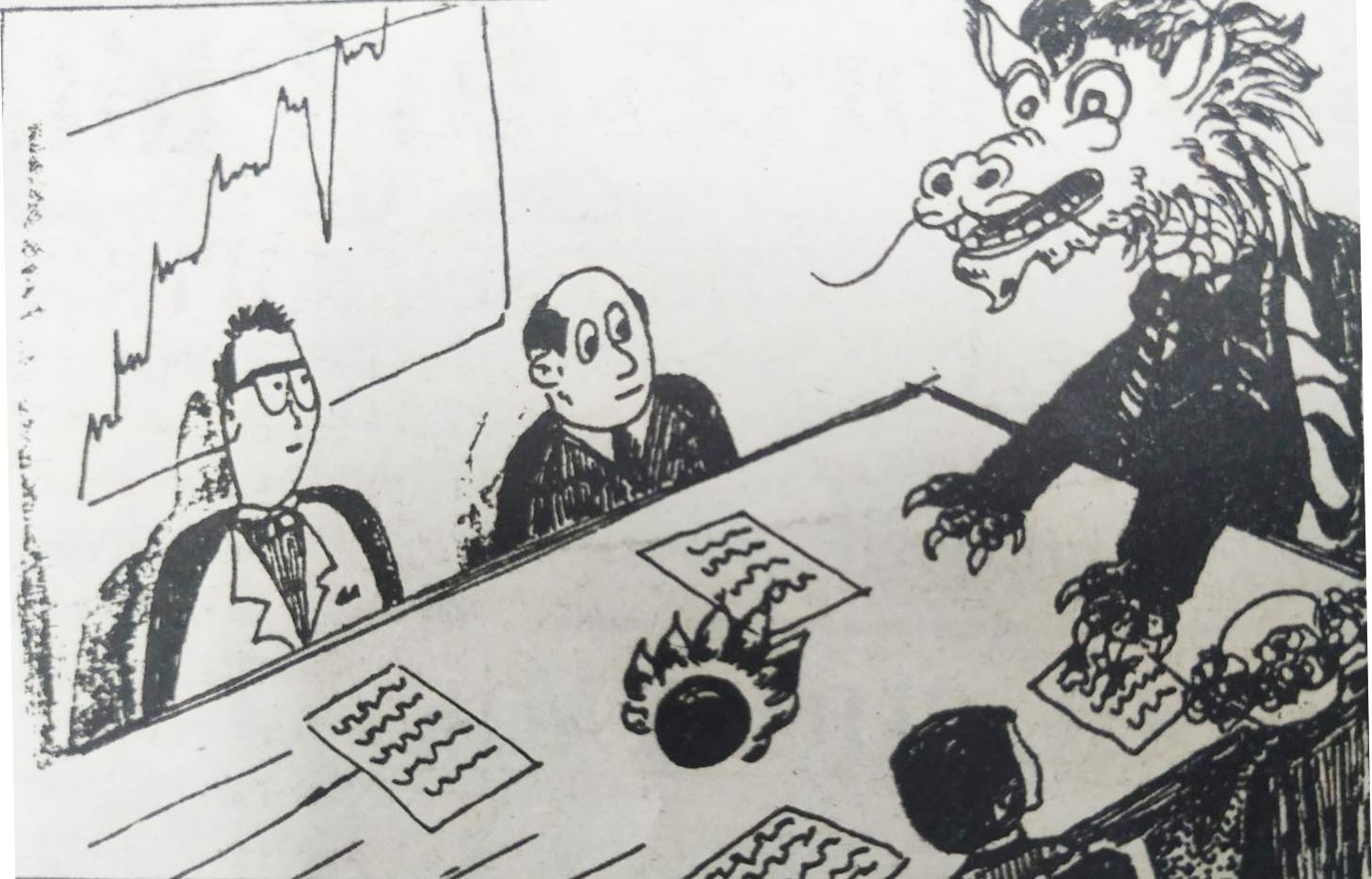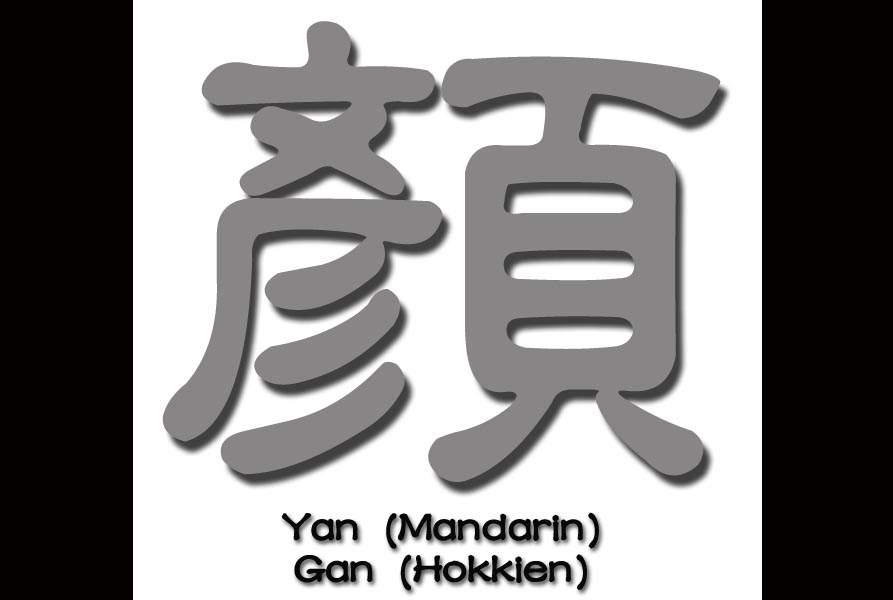First published in Tulay Fortnightly, Chinese-Filipino Digest 24, no. 24 (May 22-June 12, 2012): 5. Chinese surname 丁 (Ting in Hokkien, Ding in Mandarin) ranks 28th among Chinese in the Philippines and 48th in China. The Chinese character 丁 is quite simple: the capital letter T with a hook at the bottom of the vertical […]
丁 (Ting, Ding) in the Philippines
